
Starter Guide for Newbie Affiliate Marketers
How Do I Start Affiliate Marketing With No Experience?
Ultimate Beginner's Guide to Affiliate Marketing in 2025: Earn from Zero to $100/Day and Beyond
affiliate marketing has become one of the most accessible ways to generate online income, even if you have no prior experience. Each year, thousands of beginners dive into this business model, and many go on to earn full-time incomes. The beauty of affiliate marketing lies in its simplicity: you promote products, connect them with the right audience, and earn a commission without handling inventory or customer service. But to succeed, you need a clear roadmap, consistent effort, and strategies that actually work in 2025.
This comprehensive guide breaks down every step you need to start confidently, avoid common beginner mistakes, and build a scalable online business. Whether you're in Nairobi, Eldoret, or Mombasa, or wherever in this world, this guide is tailored for global beginners and Kenyan affiliates alike.
Step 1: Understand the Affiliate Marketing Ecosystem
Before you start promoting products, it's crucial to understand the affiliate marketing ecosystem. At its core, affiliate marketing is digital word-of-mouth: you recommend a product or service to an audience, and when someone takes action, you earn a commission.
- You (Affiliate): The person promoting products using unique tracking links.
- Merchant (Creator): The company or individual who owns the product.
- Consumer: The end user who purchases the product through your link.
Key points to note:
- Your job is promotion only, no inventory, no shipping, no customer service.
- Tracking links ensure you get credit for every sale or lead.
- Affiliate marketing works globally, including in Kenya, as long as you understand payment methods and platforms.
Tip: Think of affiliate marketing as a digital recommendation system. Your focus should be on helping your audience discover products that solve real problems.
Step 2: Choose a Profitable & Passionate Niche
Your niche is your foundation, it defines the type of content you create, the audience you target, and the products you promote. Selecting the right niche is one of the most important steps for long-term success.
How to Pick the Right Niche
- Interest & Knowledge: Start with topics you enjoy. Motivation is easier when the subject excites you.
- Monetisation Potential: Check if the niche has affiliate products, digital tools, or subscription services you can promote.
- Search Demand: Use tools like Google Trends, Ubersuggest, and AnswerThePublic to assess if people are searching for content in your niche.
Examples of Beginner-Friendly Niches
- Personal finance: budgeting tools, credit cards, investment apps
- Fitness: home workout gear, supplements, smart fitness devices
- Education: online courses, language apps, skill development platforms
- Tech gadgets: smartphones, headphones, software tools
- Parenting & baby care: products for new parents, toys, essentials
Avoid niches you know nothing about unless you're willing to research extensively.
Step 3: Sign Up for Beginner-Friendly Affiliate Programs
Once your niche is defined, the next step is joining affiliate networks or individual programs. Start small, learn the system, and grow over time.
Recommended Programs for Beginners
| Program | Description | Commission Rate |
|---|---|---|
| Amazon Associates | Promote any product on Amazon | 1%10% |
| ShareASale | Network with thousands of merchants | Varies |
| ClickBank | Digital information products | Up to 75% |
| CJ Affiliate | Big brands and retailers | Varies |
| Impact Radius | Software and services | Typically 10%30% |
Tip: Check the cookie duration for each program. A 30-day cookie means you earn commission if a user purchases within 30 days of clicking your link.
Step 4: Build Your Platform
To promote products effectively, you need an online spacea content engineWhere your audience can find your recommendations. This could be a blog, YouTube channel, social media profile, or email newsletter.
Popular Platforms to Start With
- Blog/Website: Use WordPress.org to create a blog with your own domain. Ideal for SEO-driven long-term traffic.
- YouTube: Create video reviews, tutorials, and guides. Include affiliate links in descriptions.
- Social Media (TikTok, Instagram): Perfect for visual niches like fashion, gadgets, and lifestyle content.
- Email Newsletter: Build a list using tools like Mailchimp or Systeme.io, then recommend products directly to subscribers.
Zero-budget tip: Platforms like Medium, Pinterest, and YouTube are free to use and SEO-friendly. Start small, focus on one platform, then expand once traction grows.
Step 5: Create Value-Driven Content
Affiliate marketing is not about spamming links' it's about trust and problem-solving. The more value your content provides, the more likely your audience is to act on your recommendations.
Content Formats That Convert
- How-to guides (e.g., How to Start a Podcast Using Just Your Phone)
- Product reviews (honest pros and cons)
- Tutorials (e.g., Using Canva for Social Media Design)
- Product comparisons (e.g., Bluehost vs SiteGround: Which Hosting Wins)
- Listicles (e.g., Top 10 Budget Smartphones in 2025)
SEO tip: Use Ubersuggest, Google Keyword Planner, or Ahrefs to find high-search, low-competition keywords relevant to your niche.
Key takeaway: Valuable content builds trust, which increases the likelihood of affiliate conversions.
Step 6: Optimise Your Links and Track Results
Smart affiliate marketers don't just add linksthey optimise, test, and track everything. Here's how:
- Add compelling CTAs: Click here to check the latest price.
- Use link cloaking tools: Pretty Links, ThirstyAffiliates, or Bitly for clean URLs.
- Track performance: Dashboards often show clicks, conversions, and earnings.
- Use UTM parameters + Google Analytics to track which content generates the most affiliate activity.
Pro tip: Experiment with placements, calls-to-action, and content formats to find what converts best.
Beginner Advice for Long-Term Success
- Patience is key: most beginners don't see results in the first few months.
- Consistency matters: one helpful article or video can earn for years.
- Avoid spam: focus on value, not quick sales.
Affiliate marketing is a marathon, not a sprint. Start from zero, stay consistent, and you'ii see results over time.
How to Learn Affiliate Marketing as a Beginner
You don't need a degree to become a successful affiliate marketer. Most successful affiliates are self-taught. They learn through free resources, online courses, communities, and practical experimentation.
Step 1: Learn the Basics of Digital Marketing
Understanding the broader digital marketing landscape gives you a head start:
- What is website traffic?
- What is SEO?
- What are conversion rates?
- What is content marketing?
Suggested free resources:
- Google Digital Garage
- HubSpot Academy
- Neil Patel's blog
- Moz Beginner's Guide to SEO
Step 2: Follow Free Affiliate Marketing Courses
Start with free courses to build confidence before investing money. Recommended options:
| Platform | Course | What You'll Learn |
|---|---|---|
| Coursera | Affiliate Marketing Foundations | Basic concepts, link tracking, program setup |
| Skillshare | Affiliate Marketing for Beginners | Strategy-focused lessons |
| YouTube | Channels like Franklin Hatchett, ODI Productions, Adam Enfroy | Real-world case studies |
| Udemy (Free) | Varies | Platform-specific methods |
Tip: Implement as you learn, action is what produces results.
Step 3: Pick One Platform to Focus
Don't overwhelm yourself. Focus on one platform for the first 3060 days:
- Blog/SEO: Long-term passive income. Learn WordPress, basic HTML, and SEO.
- YouTube: Visual content, tutorials, reviews. Learn video editing and keyword targeting.
- Social Media (Instagram/TikTok): Visual niches. Learn trends, hashtags, and engagement tactics.
Step 4: Practice with Real Affiliate Programs
Start small to experiment with real links and dashboards. Beginner-friendly programs include Amazon Associates, Rakuten, Impact Radius, and Systeme.io.
Simple workflow:
Join, Get link, Add link to content, Track results
Pro tip: Two weeks of real practice teaches more than two months of watching tutorials.
Step 5: Join Affiliate Communities
Communities provide motivation, fast answers, and insider tips:
- Reddit: r/affiliatemarketing
- Facebook groups: Affiliate Marketing for Beginners, ClickBank Success.
- Indie Hackers
- Stack That Money Forum (advanced)
Step 6: Learn to Track and Optimise
Monitoring what works is just as important as promotion:
- Google Analytics and Search Console
- Bitly or Pretty Links for clicks
- Affiliate dashboards for conversions
Tip: Don't get lost in numbers. Tweak one variable at a time to see what works.
Learn Affiliate Business as You Earn: Join Wealthy Affiliate Below

Recommended for You
You Might Enjoy

😂 Home Repair Fails: When DIY Goes Hilariously Wrong
<p contenteditable="true" align="center"<img…
How To Get Free Social Media Marketing
How To Get Free social media Marketing Get Free Social Media Marketing Mastering the art of Free…
AI and SEO Strategy: How to Boost Organic Traffic Growth
AI and SEO Strategy: How to Boost Organic Traffic Growth Phase 1: Understanding the New Era of AI…More Reads You’ll Love
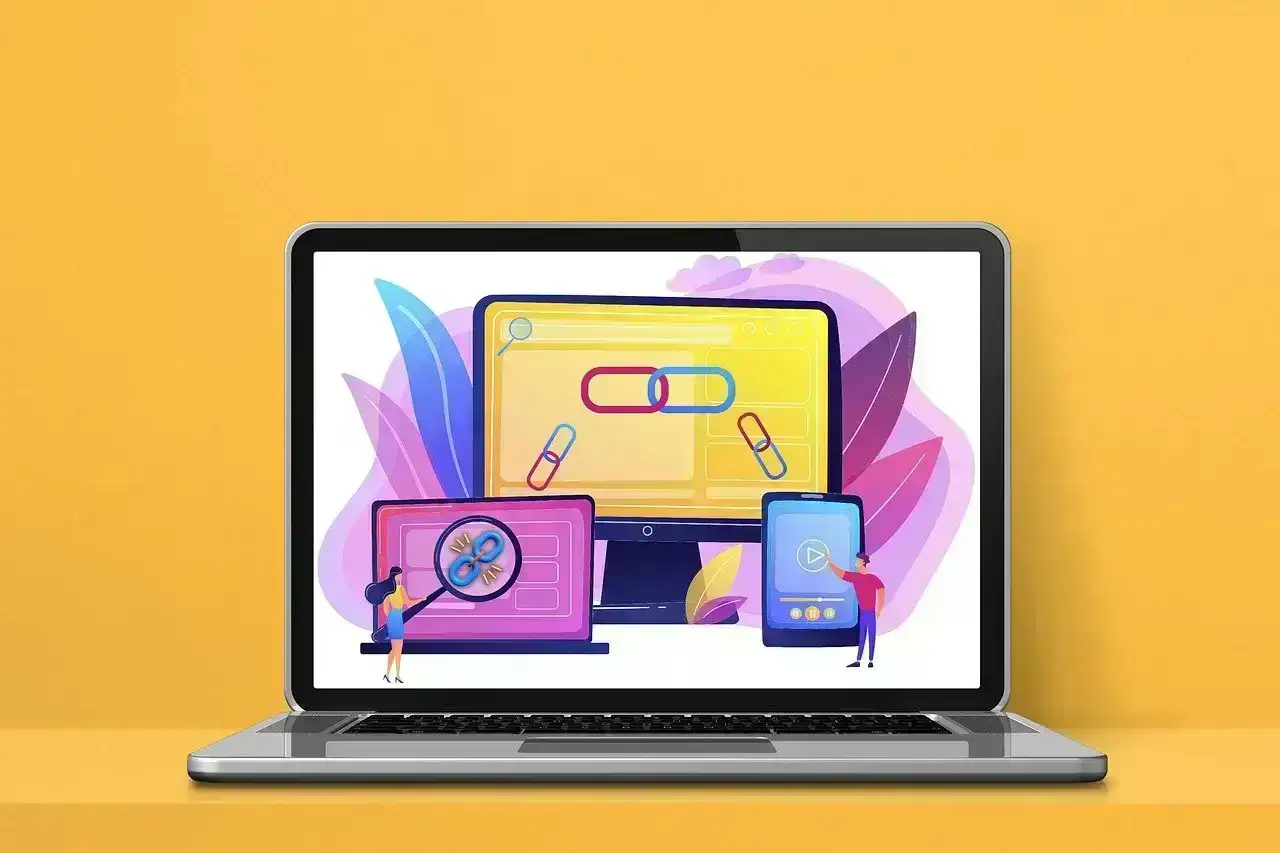
Easy SEO Link Building
Martins Free and Easy SEO link building : Boost Your Website's SEO with Genuine Backlinks In this…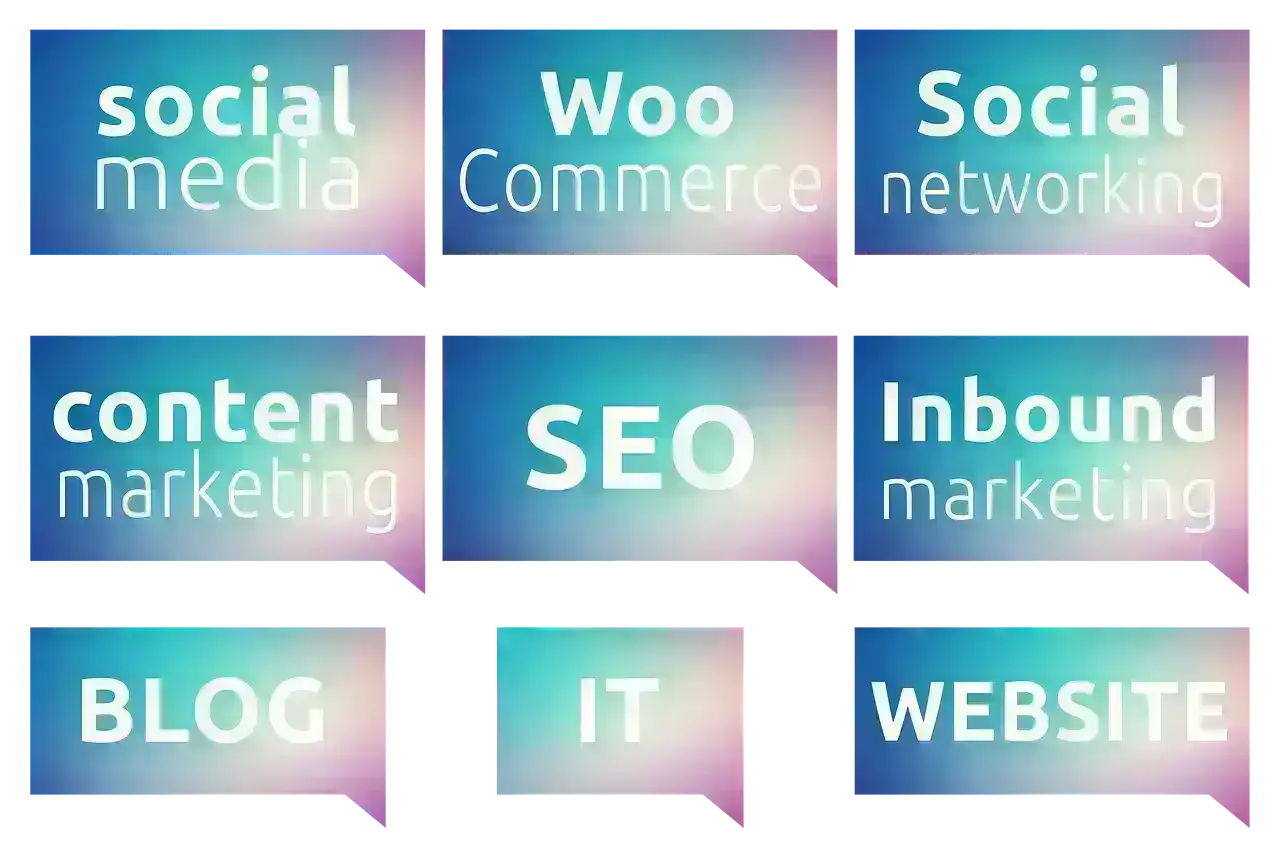
Table of Contents and Their Impact on Your Blog
The Ultimate Guide to SEO-Friendly Content: Tables, Table of Contents, and Their Impact on Your…
Abstract Art Painting
Abstract Art Painting: A Comprehensive Exploration Introduction to Abstract Art: A Journey Beyond…Other Topics That Might Interest You
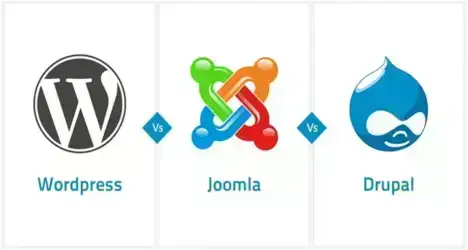
Importance Of Backlinks
Importance Of Backlinks Today, you'ii learn the importance of backlinks, how to check them for…
Should Search Engines Be Allowed to Crawl Website Themes?
Should search engines Be Allowed to Crawl Website Themes? Should search engines be allowed to crawl…
Significance of Link Building
Power Of Link Building The Significance of Link Building: Unveiling the Path to Online Success. The…Traffic Coop Earnings
Ready to Monetise Your Traffic?
Stop letting your visitors slip away without value. With the LeadsLeap Co-op, you can turn every click into income. Join through my link below and I’ll personally share my tips for getting started fast.
🚀 Join My LeadsLeap Co-op Now*Referral disclosure: I may earn a commission when you sign up through this link. There’s no extra cost to you — your support helps keep this site alive.

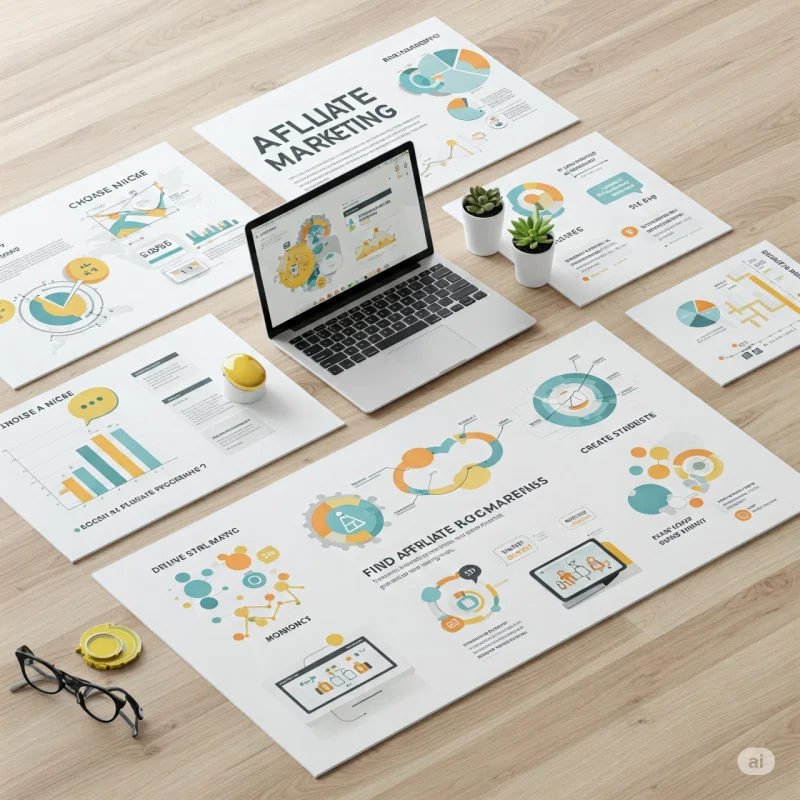

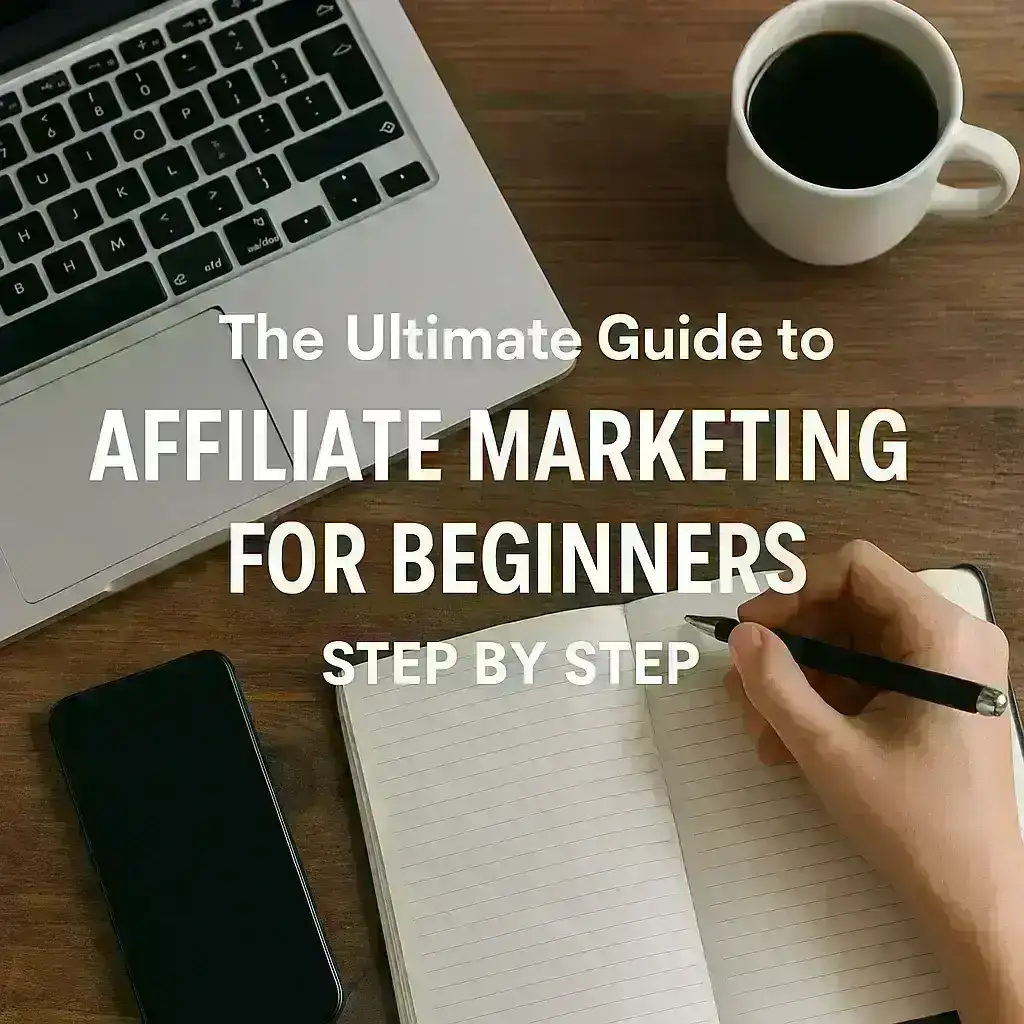


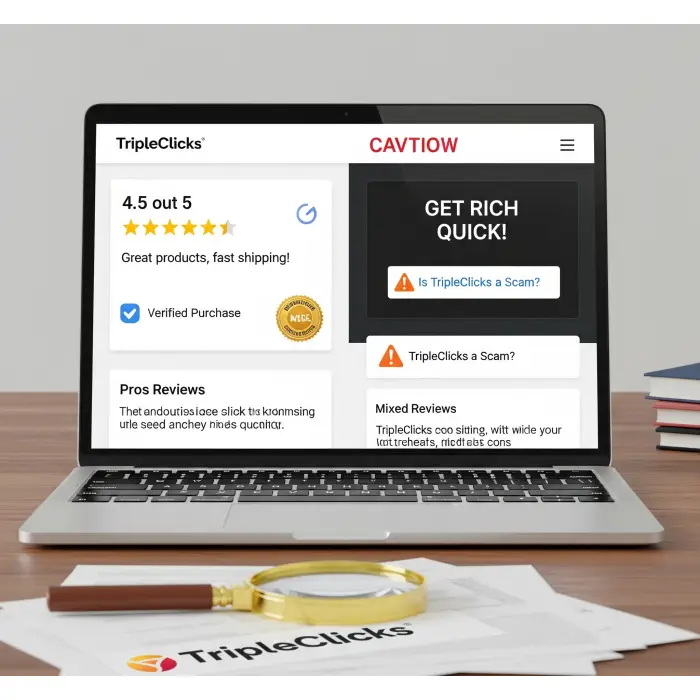


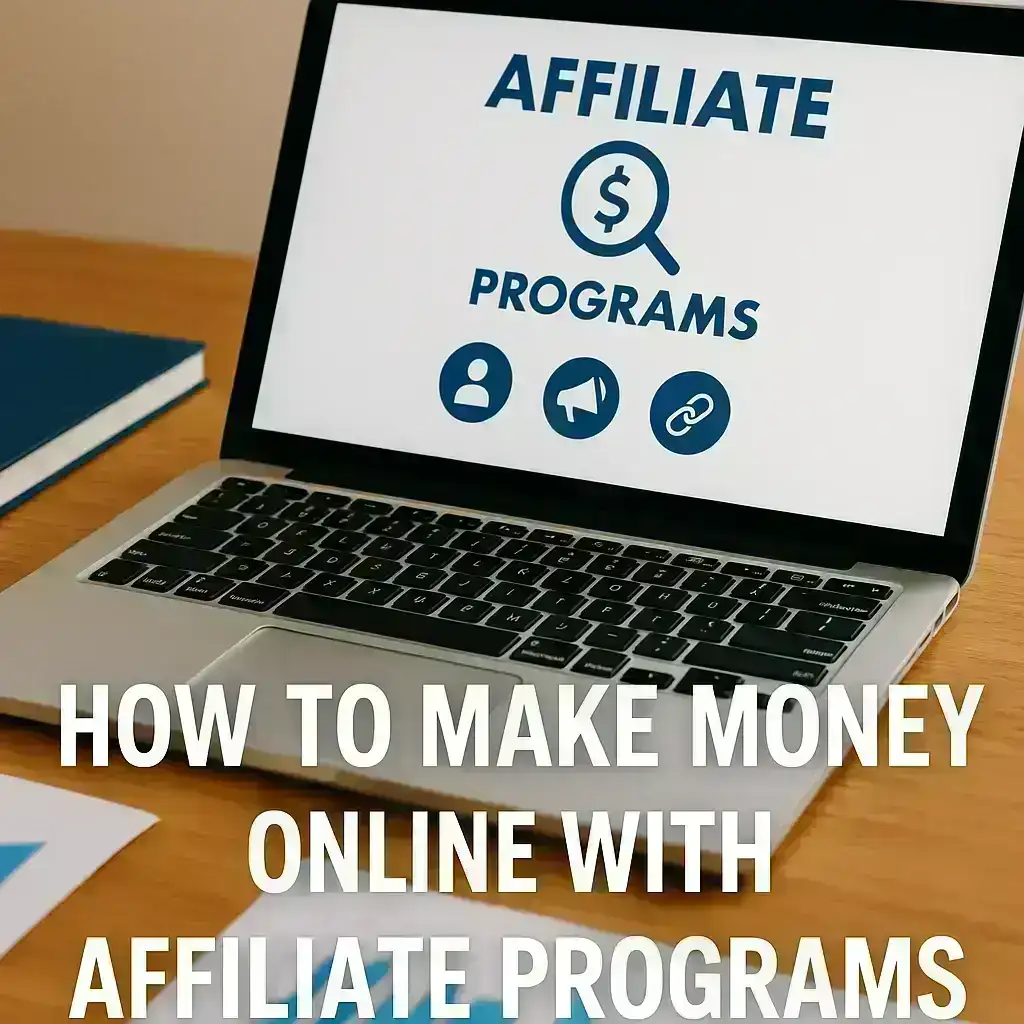


Comments